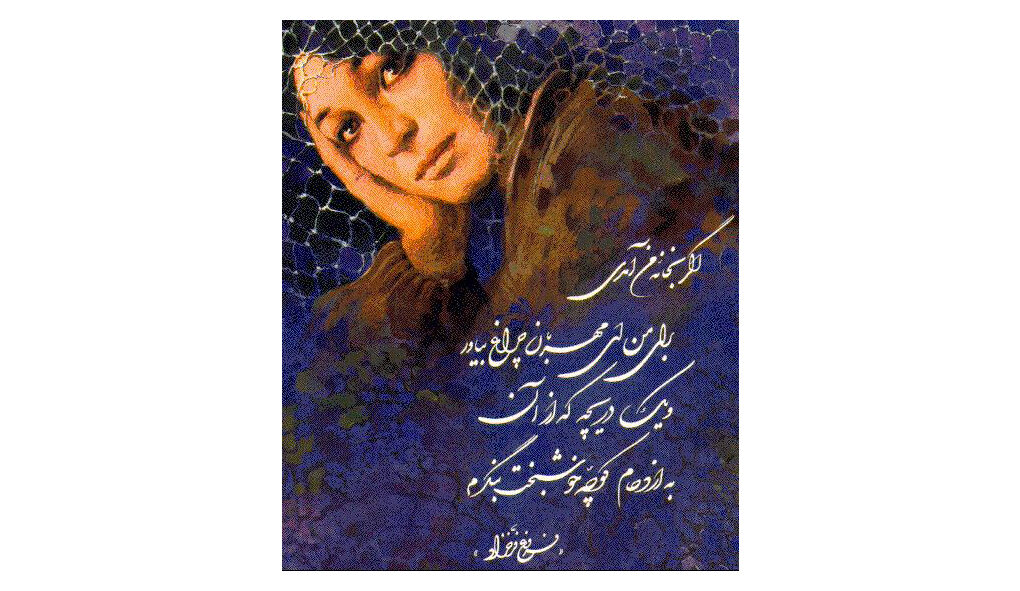Authors: Dr.Shohreh Ghasemi, Sanaz Hakimi Saeidi (Human Right Activists)
Email: sghasemi@augusta.edu.
Sanazhfz@gmail.com
Website: actionforiran.com, www.drshohrehghasemi.com
Instagram: shooshooghasemi. sa_naz022.
__________________________________________
Impact of Revolution of 1979 on Women’s right
The 1979 revolution mobilized many Iranian women to protest for the overthrow of the monarchy and the establishment of an Islamic republic. They believed that an Islamic republic would grant them complete equality and eliminate all barriers to women’s participation in the affairs of the state. Urban Iranian women, girls, and their male supporters took participation in a protest of about a week in March 1979 against the new Islamist regime’s decree requiring women to wear hijabs. The protests began on International Women’s Day. The Iranian women’s freedom revolution had only been going on for a few weeks and left the protesters feeling deeply betrayed. They shouted, “In the dawn of freedom, we have no freedom. However, after the revolution, they were forced to return to their homes. But not everyone went. Many educated women remained in the community and started to start girls’ schools and publish women’s journals. These women established a network connecting Tehran and the provinces, which eventually helped the women’s movement grow.
Women’s Life Difficulties in Iran
Iranian authorities are attempting to force women to marry earlier and have more children ignoring their increase in the national population rather than addressing women’s economic difficulties and unequal opportunities to shape their own lives. Women today face severe restrictions on their access to sexual and reproductive rights, whereas the Government once won praise for supporting family planning. A population law passed in November of last year restricted access to safe abortion, outlawed sterilization, and prohibited the free distribution of contraceptives in the public health care system unless a woman’s health was in danger.
Woman, Life, And Freedom: The Roots of the Iranian Revolution
The current state of women’s rights in Iran is tragic. Following the Islamic revolution, additional gross and insulting restrictions were imposed on top of existing discriminatory laws. Women were required to wear the hijab. Discriminatory laws were also enacted regarding marriage, inheritance, family law, child custody, and citizenship. Women were also barred from entering stadiums, riding bicycles or motorcycles, or participating in certain sports.
In the face of inequality and oppression, Iranian women and girls have stood up for their rights and have great merits and capabilities. Despite these constraints, they account for more than 60% of university students. They excel in a variety of sports. Many are barristers, doctors, writers, and poets who serve as role models for future generations. Despite the fact that many Iranian women and girls have been arrested and tortured for speaking out against discriminatory treatment, they have never bowed down to oppression and oppressors.
Freedom Moves
Freedom has many meanings, and Iranian women are all too familiar with oppression and segregation. Living with the forces of patriarchy and oppression puts them to the test in many ways. One of the many limitations that regulate and control women’s bodies and influence their sense of agency and freedom is mandatory veiling in Iran. Veiling customs are not universal; they differ across cultures, continents, and historical periods. And while many Iranian women undoubtedly support the wearing of veils, not all of them do. However, it is crucial to recognize that Iranian women are unable to choose not to wear veils without criticizing those who do so. During freedom moves, many women suffered badly, and in ongoing rallies, some women protesters removed and burned their headscarves, directly challenging the clerical regime.
Participation of Iranian Women as A Researcher and Scientists in The World
Despite it all, Iranian women persist in openly voicing claims for self-determination. As they face subjugation and adversity, they adopt an attitude of refusal. They choose not to be victims, but reformers. Their fight is a moral movement that demands justice for women everywhere.
The role of women in Iranian society remains a divisive subject. The presence of women at universities in Iran is a promising proponent for the continued advancement of women in Iranian and religious women. In 1991, Zanan, Iran’s most prominent women’s publication, began celebrating the achievements and joys of life as a woman.
the publications and magazines demonstrate its efficacy and the perceived threat it held in the eyes of the politically and religiously conservative sectors of society. Nonetheless, the suggesting that there may once again be an increase The 2008 closing of society. The continuation of patriarchal norms, both those preserved in the society through religious practice and those resulting from the patriarchal culture predating the implementation of institutionalized Islam, are an ongoing challenge for women.
Iranian women’s participation in research and development has increased from 27.7 percent in 2019 to 31.2 percent, above the global average of 30 percent. Women’s increasing representation in knowledge-based companies is primarily responsible for the increase in their share of the research and development workforce. Women make up a small minority of researchers worldwide. The availability of national data and its application to policymaking are frequently still limited, despite the rising demand for internationally comparable statistics on women in science. The UNESCO report presents global and regional profiles, highlighting both areas where women are over- and under-represented in this industry. It also shows how actively Iranian women participate in research and development.
Women can realize their full identity and power in all spheres of life through the active, multifaceted process of empowerment. All aspects of humanity that assisted in the multifaceted foreign exploitation will reclaim their true identities and human rights by developing Islamic social infrastructures. It is only natural that women should gain a disproportionately large increase in rights because of this process, given the greater oppression they experienced under the previous administration.
Even after discriminatory treatment, Iranian women are well educated and have broken down barriers in a variety of professions. Women have successfully lobbied against discriminatory laws and policies such as the dress code and sexual harassment, resulting in some reforms. However, they have been arrested, tortured, imprisoned, and even sentenced to death. Still they are standing like an amazing concrete.
References
- Boroujerdi, M., & Rahimkhani, K. (n.d.). Iran Primer: Iran’s Power Structure. Retrieved May 28, 2018, from http://www.pbs.org/wgbh/pages/ frontline/tehranbureau/2010/11/iran-primer-irans-power-structure.html
- Brubaker, R., & Cooper, F. (2014). “Kimlik”in Ötesine Geçmek. In F. Mollaer (Ed.), B. Helvacıoğlu, F. Mollaer, Ö. Mollaer, Ö. İlyas, K. Kelebekoğlu, N. Erkul, … S. Işık (Trans.), Kimlik Politikaları (pp. 402–463). Ankara: Doğu Batı Yayınları.
- John Paull, “The Women Who Tried to Stop the Great War: The International Congress of Women at The Hague 1915,” in Global Leadership Initiatives for Conflict Resolution and Peacebuilding, ed. Andrew
- H. Campbell (Hershey, PA: IGI Global, 2018), 249–66. Lyric Thompson, “Feminist Foreign Policy. A Framework,” International Center for Research on Women, 2020.





